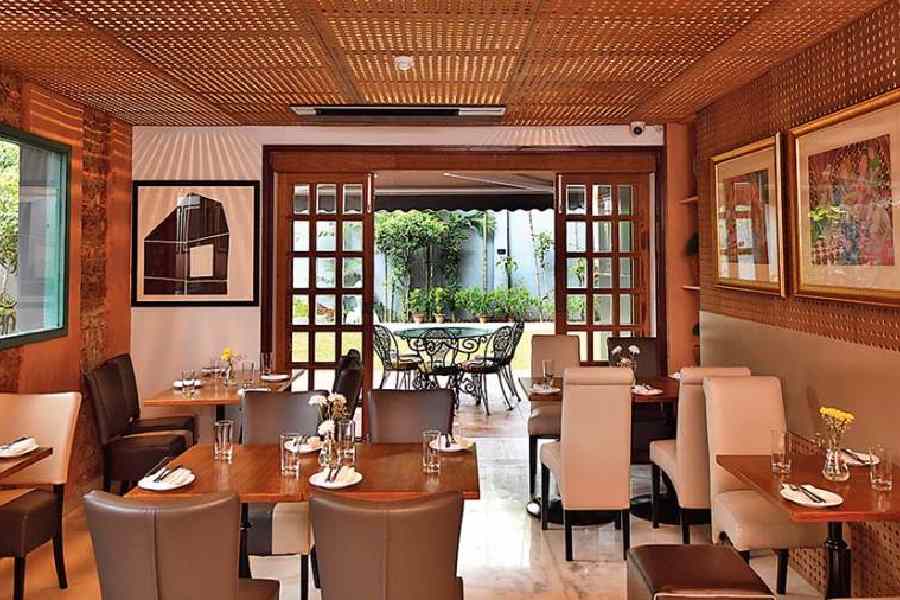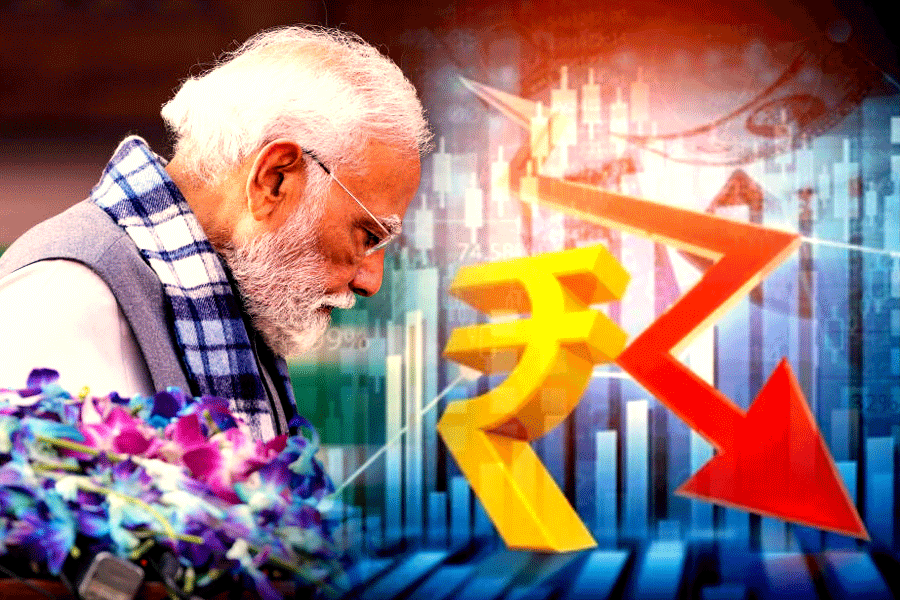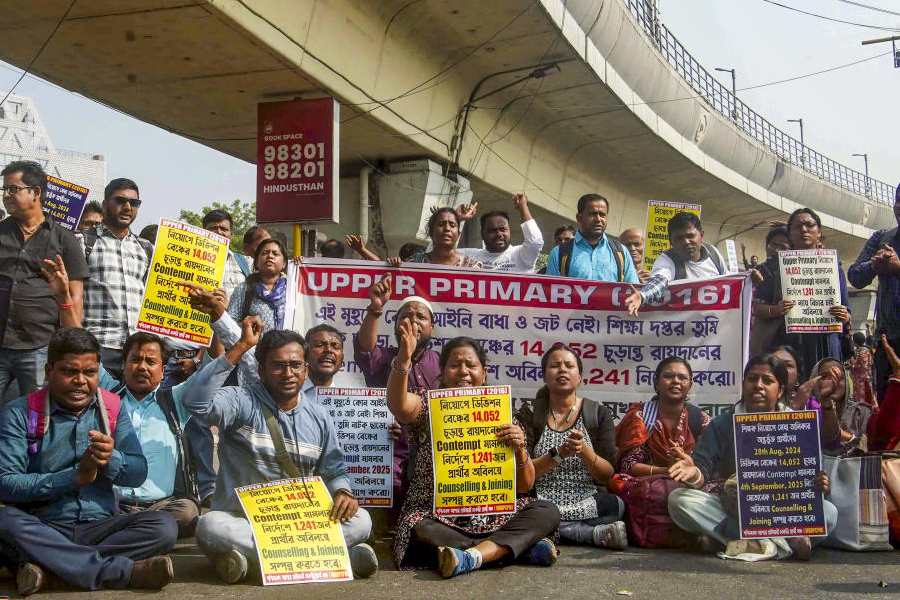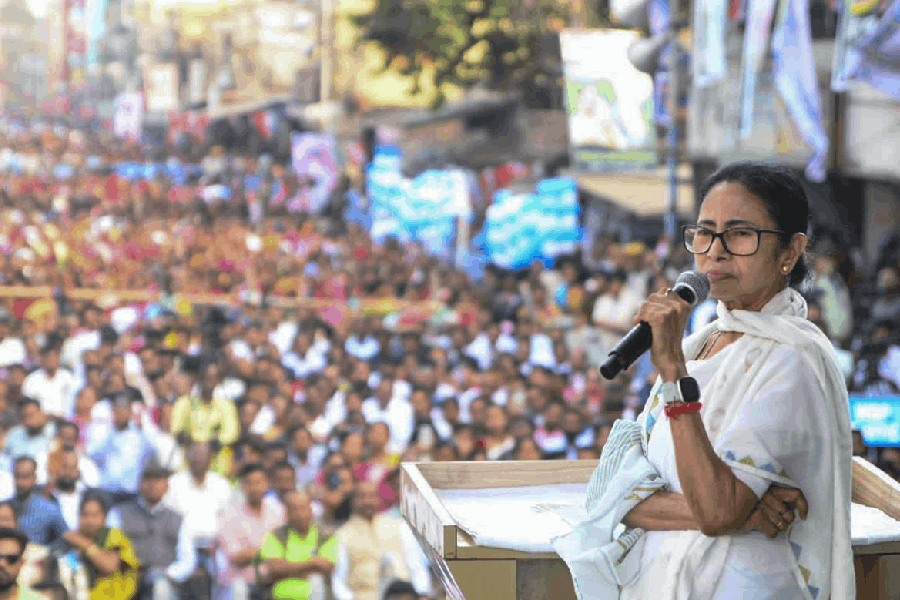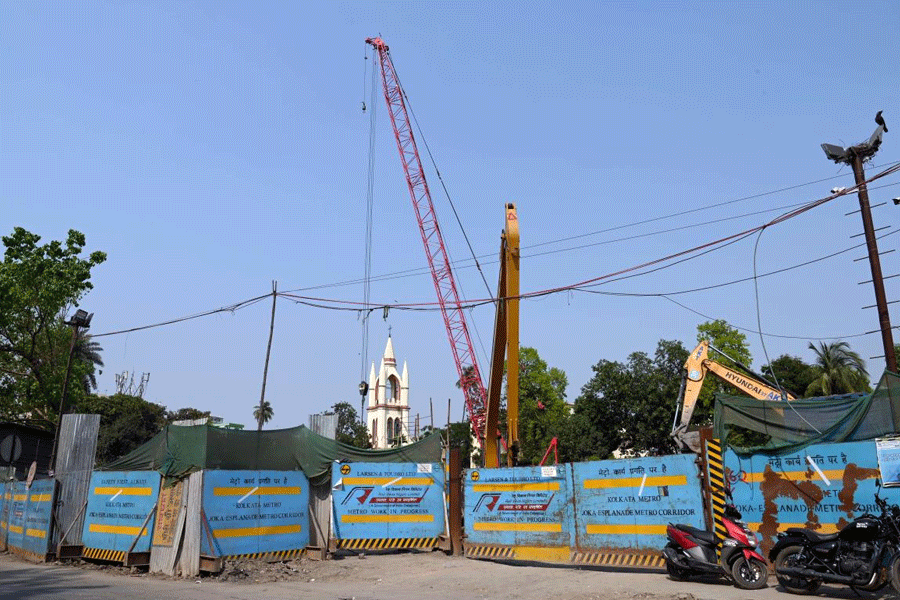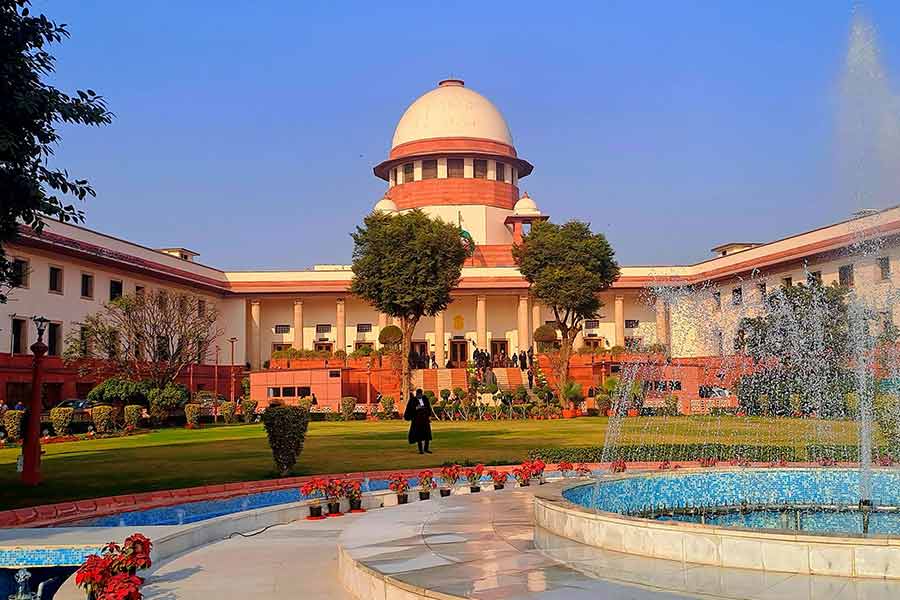Table for one
Sir — I often eat alone at restaurants. Over time, I have realised that a woman dining alone remains a spectacle, something as puzzling as a cat using cutlery. Strangers offer free drinks, consoling smiles, or heartfelt congratulations as if solitude at a table requires bravery, tragedy, or both. Meanwhile, a solitary man with a steak invites no commentary — only the bill. This double standard is tiresome. A woman may simply wish to enjoy a middling steak and some passable wine without being mistaken for either a jilted lover or a feminist icon. It is dinner, not performance art. Society might one day grasp that female independence is neither a cry for help nor a manifesto. Sometimes, a woman just wants to gorge on pudding in peace.
Yashodhara Sen,
Calcutta
Spot the error
Sir — Asim Ali’s article, “Old shadow” (May 24), contains a small but significant error. The locks of the Babri masjid in Ayodhya were not opened on February 1, 1985, as mentioned in the article, but exactly a year later in 1986. One cannot say that the Faizabad district court ruling was a ‘balancing act’ by the then prime minister, Rajiv Gandhi, who wanted to overturn the Shah Bano verdict by enacting the Muslim Women (Protection of Rights on Divorce) Act 1986. The Muslim Women (Protection of Rights on Divorce) Act 1986 was passed in Parliament on May 19, 1986 — three and a half months after the opening of the locks in Ayodhya on February 1. So where is the question of Rajiv Gandhi appeasing Hindus after first appeasing Muslims? Thus, there is absolutely no scope for drawing a parallel between what Rajiv Gandhi did and the present move of Prime Minister Narendra Modi on the caste census.
Soroor Ahmed,
Patna
A fitting farewell
Sir — The farewell for the Spanish tennis ace, Rafael Nadal, staged at the 2025 French Open was a triumph of planning, emotion and legacy. It brought together Nadal’s greatest rivals and his fans and family on the court that defined his career. From the ‘Merci Rafa’ shirts to the lasting tribute of his footprint on clay, every detail struck the right chord. For once, the fanfare matched the feat. Roland Garros gave Nadal the goodbye he deserved — not just as a champion but as a cherished figure in the sport’s history.
Asim Boral,
Calcutta
Sir — At last, Rafael Nadal has received a farewell befitting his stature. The 2025 Roland Garros ceremony captured the essence of a legend. The presence of Roger Federer, Novak Djokovic and Andy Murray transformed it into a moment of unity and reverence. His embossed footprint on Court Philippe-Chatrier serves as a permanent reminder of his reign on the clay court. It was not just a celebration of a career but a tribute to what sport can be at its best.
In comparison, the farewell for Nadal at the 2024 Madrid Open was touching, but felt ill-timed. The banners misfired, the crowd was sombre, and the player himself had not confirmed his retirement.
Pinaki Majumdar,
Calcutta
Sir — Rafael Nadal’s defeat to Novak Djokovic at the 2024 Paris Olympics should not have doubled as a farewell. The silence of the moment, the absence of a ceremony, and Nadal’s visible frustration did not align with any sort of valediction. The match was historic — the sixtieth between two giants — yet it ended without the reverence he deserved. A farewell needs a note of peace, not resignation.
The 2025 Roland Garros tribute to Nadal, on the other hand, was executed with rare precision and deep feeling. Every element — from the crowd’s choreography to the emotional speech — reflected both the grandeur and humility of his career. It was especially moving to witness his rivals embrace him, demonstrating that fierce competition need not preclude friendship.
Ritam Ghosh,
Nadia
Sir — Few sporting ceremonies have matched the tone and the elegance of Nadal’s farewell at Roland Garros in 2025. It was a homage that never felt staged. The symbolism of his footprint in clay, the sight of the ‘Big Four’ reunited, and the multilingual message to fans all combined to create a stirring, unforgettable moment. Such farewells are rare.
Shinjini De,
Calcutta
Save it
Sir — India’s cities face a paradox — summer droughts followed by monsoon floods. With the India Meteorological Department predicting a bountiful monsoon, it is vital that urban planning finally prioritises rainwater harvesting. Paved surfaces and vanishing water bodies mean rainwater runs off instead of soaking in. Municipalities must enforce percolation-friendly construction, revive tanks and wells, and incentivise resident welfare associations to take steps to save water. Urban water resilience will begin with utilising India’s monsoonal bounty.
Alok Ganguly,
South 24 Parganas
Sir — Despite 85% of India’s water going to agriculture, most of it is wasted because of inefficient irrigation. The IMD’s good monsoon forecast is a chance to shift toward decentralised, farm-based rainwater harvesting. Ponds, check dams, and bunds cost less, suit local conditions, and improve soil health. Let us help farmers store rain where it falls, reduce groundwater dependency, and cut the energy costs of pumping.
Sudhir G. Kangutkar,
Mumbai
Sir — India receives enough rainfall but fails to store or manage it. The IMD’s 2025 forecast offers a wake-up call. Water policy remains fragmented across departments. The Jal Shakti Abhiyan must shift from slogans to strict implementation and empowering local bodies. Rainwater conservation is crucial for the future.
Hasnain Sheikh,
Lucknow

